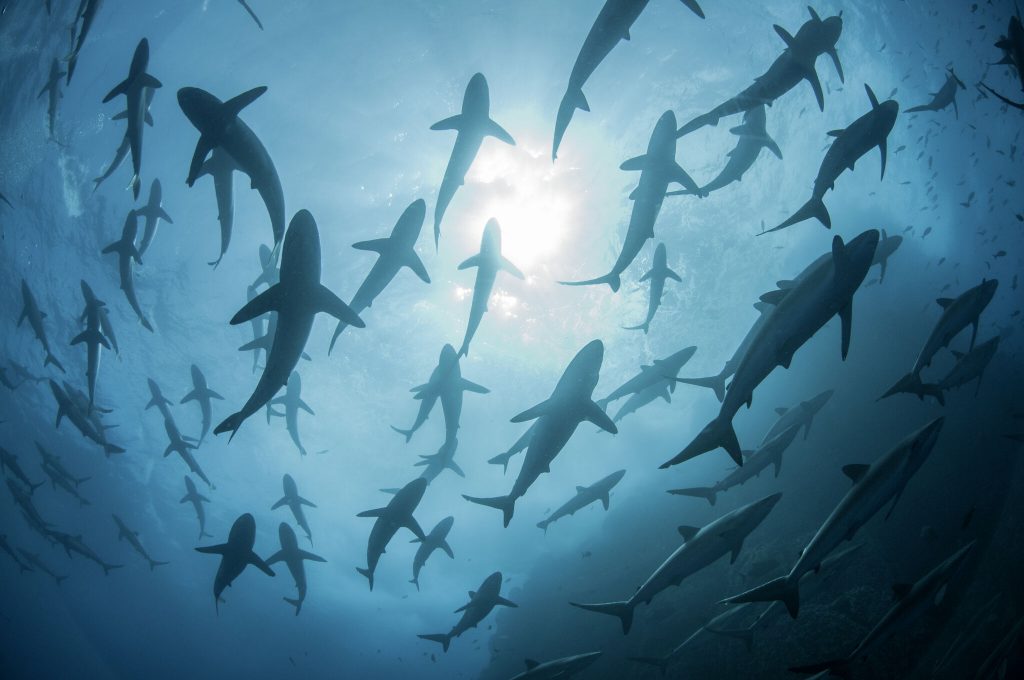Shark attacks are rare, but they can happen. In May, an Oklahoma teen was attacked by a shark in Galveston, and on Friday, June 7, Florida saw two shark attacks in one day. While movies often depict sharks as aggressive, they usually avoid anything larger than themselves.
Jensen Smith from the Harte Research Institute for Gulf of Mexico Studies explained to MySA that shark encounters typically result from a person’s behavior in the water. She emphasized that sharks are not naturally inclined to attack humans and stressed the importance of knowing what to do and staying vigilant while swimming in the Texas Gulf this summer. Here are some key points:
Texas Shark Attacks
This Article Includes
Since 1911, Texas has recorded 45 unprovoked shark attacks, according to the International Shark Attack File at the Florida Museum. In comparison, Florida has had 928 unprovoked shark attacks, Hawaii 195, and California 195.
Researchers noted an increase in unprovoked shark attacks and fatalities worldwide in 2023 compared to the previous year, with the International Shark Attack File confirming 69 unprovoked bites in 2023. Gavin Naylor, director of the Florida Museum of Natural History’s shark research program, said the number of bites was within the normal range, but the fatalities were concerning.
In Galveston, Damiana Humphrey, 19, recounted to Good Morning America how she was wading in waist-deep water when a 4 to 5-foot shark bit her hand. She managed to free herself by punching the shark.
Dr. Kesley Banks, a research scientist at the Harte Research Institute, explained that the shark likely mistook her for prey due to murky water conditions.
Closer Than We Think
Similar to the Galveston incident, the Florida attacks occurred in waist-deep water. Smith pointed out that sharks are often closer to shore than people realize, typically lingering around the third sandbar. This proximity is why Texas anglers drop their bait between 50 to 200 yards off the shore.
The Texas Gulf hosts about 40 shark species, including blacktip, hammerheads, bull sharks, and tiger sharks. Smith noted the region’s healthy shark population, with no specific time of increased shark activity. However, shark encounters are more likely in summer due to the influx of tourists and residents.
Smith advised beachgoers to stay away from anglers, even if they are not shark fishing, as the noise from splashing and thrashing can attract sharks. “I suggest exiting the water and finding a safer spot further down where there’s less noise,” Smith recommended.
What to Do If You Spot a Shark
Spotting a shark in the murky Texas waters can be challenging. If you do see one, Smith advised calmly exiting the water without splashing and alerting others calmly. She reassured that sharks usually don’t bother humans since they have plenty of food in the ocean.
If you encounter a shark, contact local authorities and lifeguards if available. Depending on the severity of a bite, seek medical treatment for antibiotics and care.
Smith reminded beachgoers, “When you go to the beach, remember you’re entering their environment. They’re going to be there no matter how careful you are. The best practice is to stay away from fishermen and avoid splashing around, especially in waist-deep water.”
Read More:
- US and Israeli flags burned in protest outside the Israeli Consulate on the East Side
- Kamala Harris, Vice President, Attends 100 Black Men Conference in Atlanta
